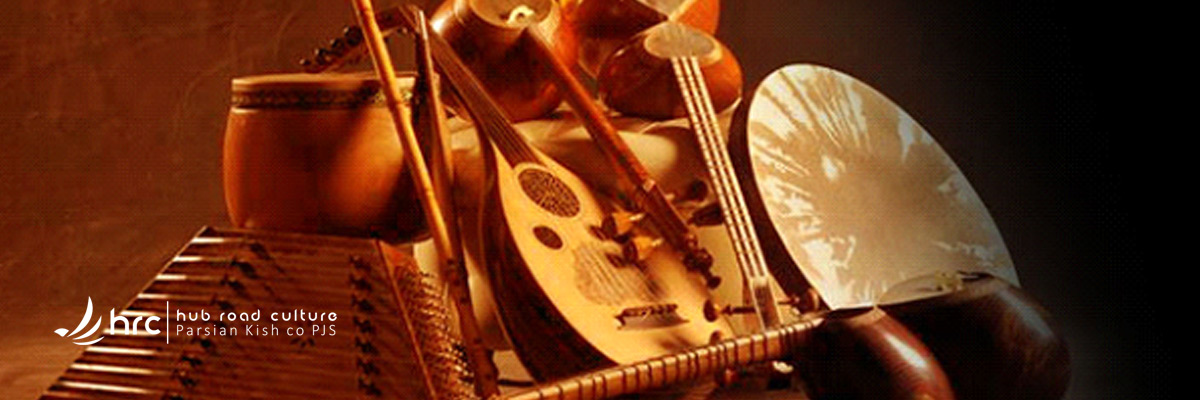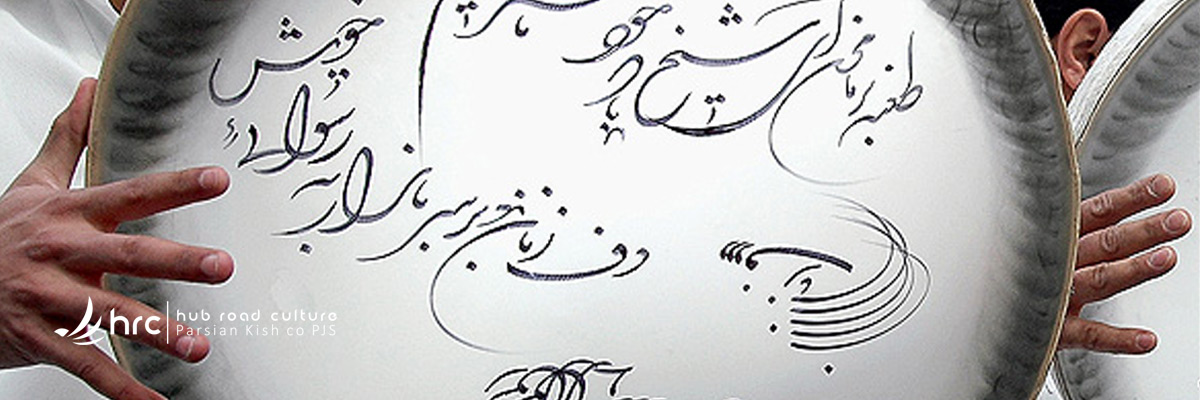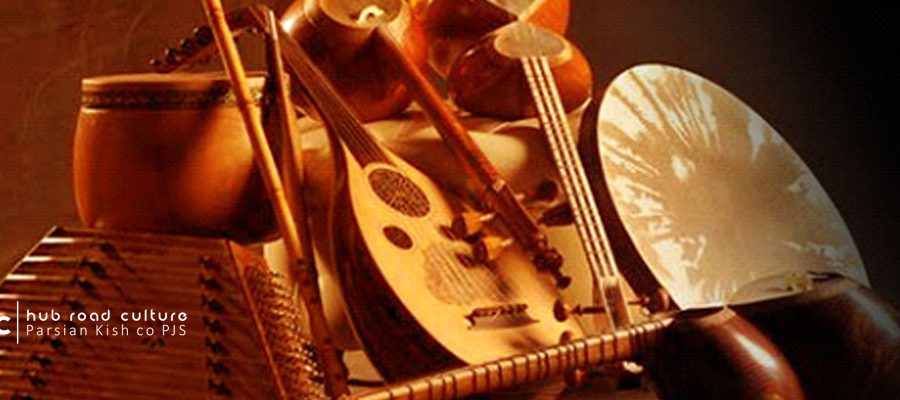The music of Iran encompassing music produced by Iranian artists, influenced other cultures in West Asia, and built up much of the musical terminology of the neighboring Turkic and Arabic cultures; next it reached India through the 16th-century Persianate Mughal Empire, whose court promoted new musical forms by bringing Iranian musicians.
Classical Music
Iranian classical/ Traditional Art Music consists of melody types developed through the country’s classical and medieval eras. Dastgah, a musical mode in Iran’s classical music, despite its popularity, has always been the preserve of the elite. The influence of dastgah is seen as the reservoir of authenticity; from which, other forms of musical genres derive melodic and performance inspiration.Iranian Traditional Art Music, refers to the classical music of Iran (also known as Persia), consisting of characteristics developed through the country’s classical, medieval, and contemporary eras. Due to the exchange of musical science throughout history, many of Iran’s classical melodies and modes are related to those of its neighboring cultures.Iran’s classical art music continues to function as a spiritual tool and much less of a recreational activity. It belongs for the most part to the social elite, as opposed to the folkloric and popular music, in which the society as a whole participates. However, the parameters of Iran Traditional music have also been incorporated into folk and pop music compositions.

History
The history of musical development in Iran dates back thousands of years ago. Archaeological records attributed to “pre-Iranian” civilizations, such as those of Elam in the southwest and of Oxus in the northeast, demonstrate musical traditions in the prehistoric times.[5]Little is known about the Iranian Traditional Art Music of empires of the Medes, the Achaemenids, and the Parthians. However, an elaborate musical scene is revealed through various fragmentary documents, including those that were observed at the court and in public theaters and those that accompanied religious rituals and battle preparations. Jamshid, a king in Iranian mythology, is credited with the “invention” of music.
Under the Sasanian rule, modal music was developed by a highly-celebrated poet-musician of the court named Barbad, who is remembered in many documents. He may have invented the lute and the musical tradition that was to transform into the forms of dastgah and maqam.
Iranian Traditional Art Music, attributed to Sasanian musicians, is based on the theories of sonic aesthetics as expounded by the likes of Iranian musical theorists in the early centuries of after the Muslim conquest of the Sasanian Empire, most notably Avicenna, Farabi, Qotb-ed-Din Shirazi, and Safi-ed-Din Urmawi. It is also linked directly to the music of the 16th–18th-century Safavid Empire. Under the reign of the 19th-century Qajar dynasty, the classical melody types were developed, alongside the introduction of modern technologies and principles from the West. Mirza Abdollah, a prominent tar and setar master and one of the most respected musicians of the court of the late Qajar period, is considered a major influence on the teaching of Iranian Traditional Art Music in Iran’s contemporary conservatories and universities. Radif, the repertoire that he developed in the 19th century, is the oldest documented version of the seven dastgah system, and is regarded as a rearrangement of the older 12 maqam system. During the late Qajar and the early Pahlavi periods, numerous musical compositions were produced within the parameters of classical Iranian modes; many of which, involved western musical harmonies.
The introduction and popularity of western musical influences in the early contemporary era, was criticized by traditionalists, who felt that traditional music was becoming endangered. In 1968, Dariush Safvat and Nur-Ali Borumand helped form an institution called the Center for Preservation and Propagation of Iranian Music, with the help of Reza Ghotbi, director of the National Iranian Radio and Television, an act that is credited with saving traditional music in the 1970s.The “Radif of Iranian music” was officially inscribed on the UNESCO Representative List of the Intangible Cultural Heritage of Humanity in 2009, described as “the traditional repertoire of the classical music of Iran”.

Characteristics
Iranian Traditional Art Music relies on both improvisation and composition, based on a series of modal scales and tunes. Compositions can vary immensely from start to finish, usually alternating between low, contemplative pieces and athletic displays of musicianship called tahrir. The common repertoire consists of more than 200 short melodic motions (guše), which are classified into seven modes (dastgāh); two of which have secondary modes branching from them that are called āvāz. This whole body is called radif, of which there are several versions, each in accordance to the teachings of a particular master (ostād).By the end of the Safavid Empire, more complex musical movements in 10, 14, and 16 beats stopped being performed. In the early Qajar era, the rhythmic cycles (osul) were replaced by a meter based on the qazal, and the maqam system of classification was reconstructed into the radif system. Today, rhythmic pieces are performed in beats of 2 to 7, with some exceptions. The reng are always in a 6/8 time frame.A typical Iranian Traditional Art Music consists of five parts, namely pišdarāmad (“prelude”: a composed metric piece), čahārmezrāb (a fast, metric piece with a repeated rhythmic pattern), āvāz (the improvised central piece), tasnif (a composed metric song of classical poetry), and reng (a rhythmic closing composition). A performance forms a sort of suite; in which unconventionally, these parts may be varied or omitted.
Iranian Traditional Art Music is vocal based, and the vocalist plays a crucial role, deciding what mood to express and in which related dastgah. In many cases, the vocalist is also responsible for choosing the lyrics. If the performance requires a singer, the singer is accompanied by at least one wind or string instrument, and at least one type of percussion. There could be an ensemble of instruments, though the primary vocalist must maintain his or her role. In some tasnif songs, the musicians may accompany the singer by singing along several verses.The incorporation of religious texts as lyrics has largely been replaced by the works of medieval Sufi poets, especially Hafez and Rumi.

